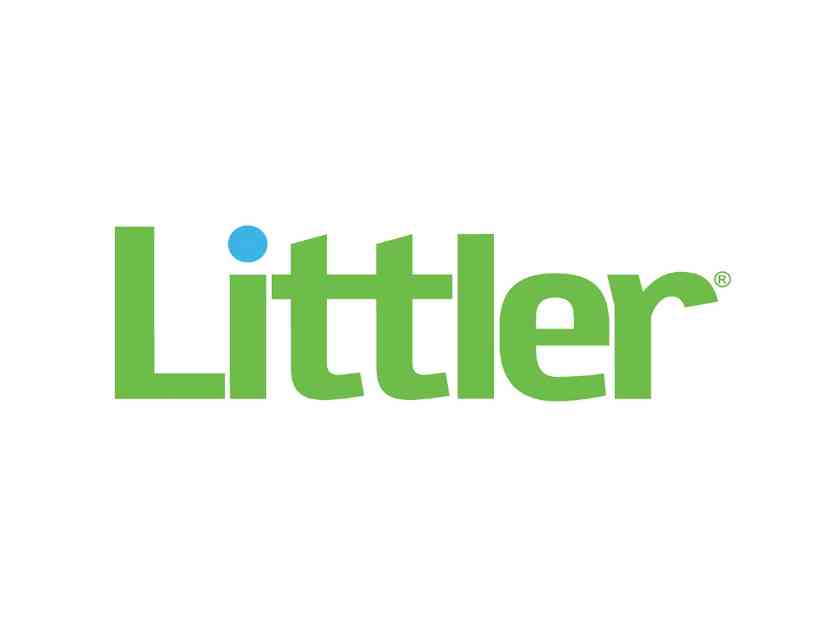In Securities and Exchange Commission v. Jarkesy, 603 U.S. ___ (June 27, 2024), the U.S. Supreme Court made a significant decision that has far-reaching implications beyond the realm of securities fraud. The case centered around the jurisdiction of the SEC’s administrative law judges (ALJs) to impose civil penalties for alleged securities fraud. The Court ruled that the SEC’s use of purely administrative processes to impose civil penalties was akin to punishment and deterrence, rather than compensation, which falls under the purview of common law and necessitates a trial by jury.
The Supreme Court’s decision in Jarkesy has raised questions about how this ruling may impact litigation in other federal agencies, particularly in the realm of immigration compliance. As agencies such as the Office of Chief Administrative Hearing Officer (OCAHO), the Executive Office of Immigration Review (EOIR), and the U.S. Department of Labor (DOL) handle cases involving immigration status, the implications of Jarkesy on their adjudications are of great interest.
The “public rights” exception, which allows Congress to assign certain matters to agencies for adjudication without a jury trial, was a key consideration in the Jarkesy decision. However, the Court determined that the SEC’s enforcement of antifraud provisions did not fall within this exception, as it involved conflicts between private actors and a government agency in matters resembling common law fraud.
In light of the Jarkesy ruling, the question arises as to whether the “public rights” exception would apply to cases heard by ALJs in agencies like OCAHO, EOIR, and DOL. These agencies rely on ALJs to adjudicate cases involving immigration compliance, benefits, and programs. While ALJs appointed by agencies do not have the same protections as Article III judges, they play a crucial role in resolving disputes within their respective agencies.
However, the distinction between ALJs and non-ALJ adjudicators is important to consider in the context of immigration proceedings. Immigration judges, who are employees of the Department of Justice appointed by the Attorney General, oversee cases related to removal/deportation proceedings. Unlike ALJs, these judges may be subject to influence from the Attorney General, raising concerns about their independence in decision-making.
The implications of Jarkesy on immigration-related cases before agencies like OCAHO, ICE, and IER are significant. While ICE’s complaints primarily focus on remedying I-9 errors and deterring future violations, complaints filed by IER in cases of immigration status discrimination seek to compensate victims as well as punish and deter discriminatory practices by employers.
Similarly, the DOL appoints ALJs to adjudicate cases involving non-immigrant worker programs, such as H-1B and related programs. These cases often involve claims of wage theft, which can be traced back to common law torts like conversion. The question of whether such cases can be adjudicated by ALJs without a jury trial post-Jarkesy remains to be seen.
Moving forward, it will be interesting to see how the principles of Jarkesy may impact DOL, ICE, and IER complaints, potentially leading to trials in federal district court for employers. The constitutional appointment of ALJs in these agencies is also a pending issue, as the separation of powers between the Executive Branch and Congress is a fundamental concern highlighted by the Supreme Court in the Jarkesy decision.
In conclusion, the implications of the Jarkesy ruling on immigration compliance and adjudication are complex and multifaceted. As agencies navigate the aftermath of this decision, the role of ALJs, non-ALJ adjudicators, and immigration judges in resolving disputes and enforcing compliance will continue to be a topic of interest and scrutiny in the legal landscape.






















